The weather in Margaret River is best described by the six seasons recognized by the Wadandi people, who are the traditional custodians of the land in the Margaret River region (referred to as Wadandi Boodja). This seasonal calendar reflects the deep connection they have with the land and the rhythms of nature. Unlike the four seasons in the Western calendar, these six Wadandi seasons are based on changes in the environment, including plant growth, animal behaviors, weather patterns, and food availability. Here’s an overview of each of the six seasons of Wadandi Boodja:
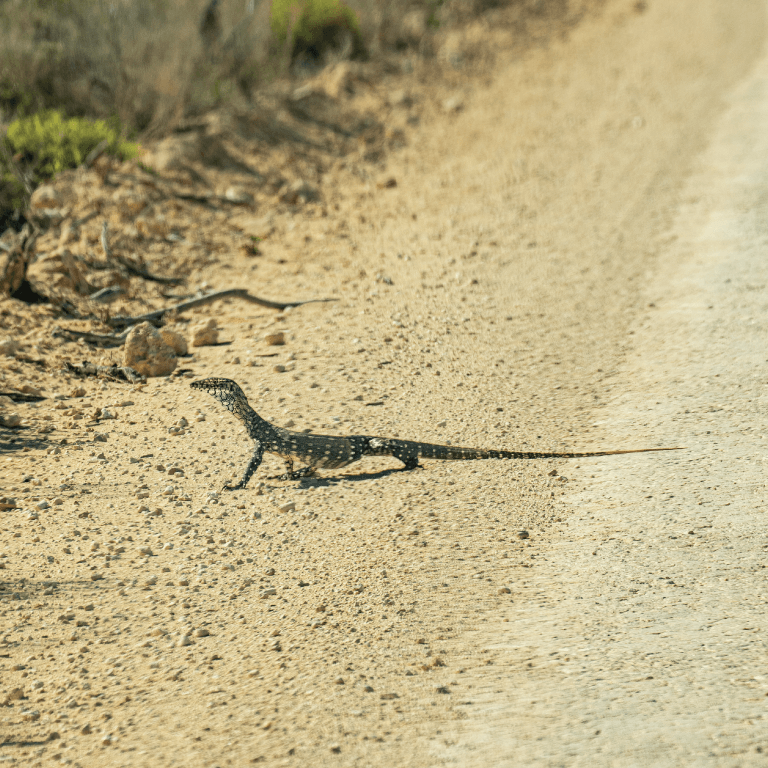
1. Birak (December – January)
Known as the season of the young. Hot and dry conditions prevail. Burning of the land is traditionally done to regenerate growth and encourage new plant life. Animals, such as the bobtail lizards, are very active, and reptiles like snakes and goannas are often seen. Young birds leave their nests, and fish spawn along the coast.
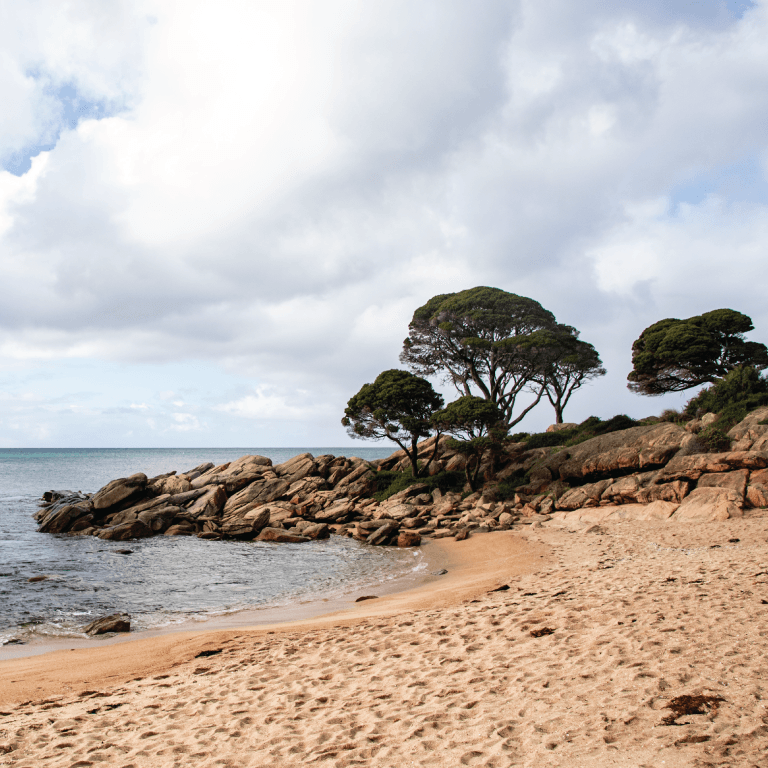
2. Bunuru (February – March)
Called the season of adolescence. It’s the hottest time of the year, with little rain and dry conditions. The Wadandi people traditionally move towards the coast to take advantage of the cooling sea breeze and access marine resources. Freshwater sources are harder to find inland, so the coast becomes a valuable resource. Plants like the peppermint tree provide shade and cooling environments.
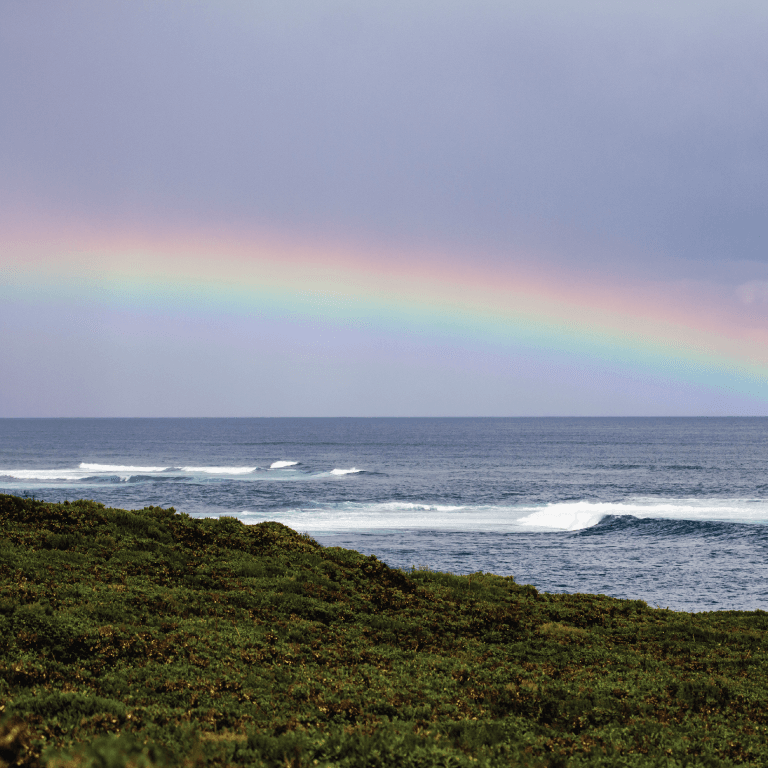
3. Djeran (April – May)
The season of adulthood. Cooler weather begins to set in, and winds ease. Red flowers, such as those of the Red Flowering Gum, are prominent. It’s a time of abundance, with food resources like root vegetables and large fish, such as salmon, becoming more available. Wadandi people prepare shelters and gather foods that will last through the colder months.
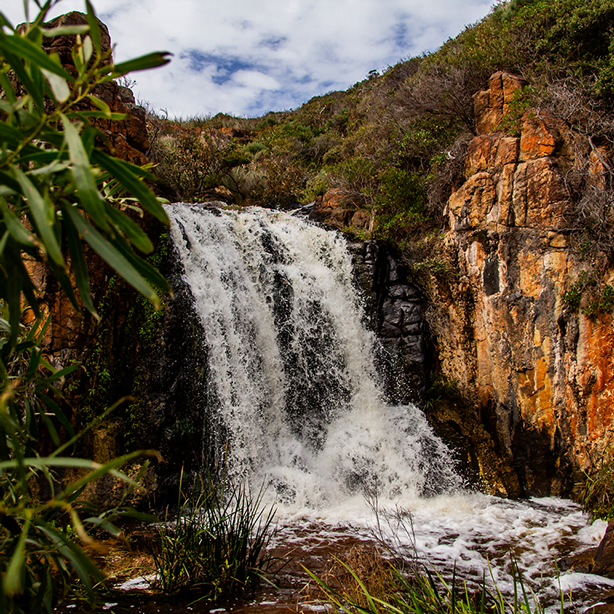
4. Makuru (June – July)
Known as the season of fertility. It’s the wettest time of year, with strong winds and cold temperatures. Rain replenishes rivers, creeks, and wetlands, creating a fertile environment for new plant growth. This is the time for hunting animals such as kangaroos, as they are in peak condition. Rich in resources, the land provides abundant food sources that sustain the Wadandi people through winter.
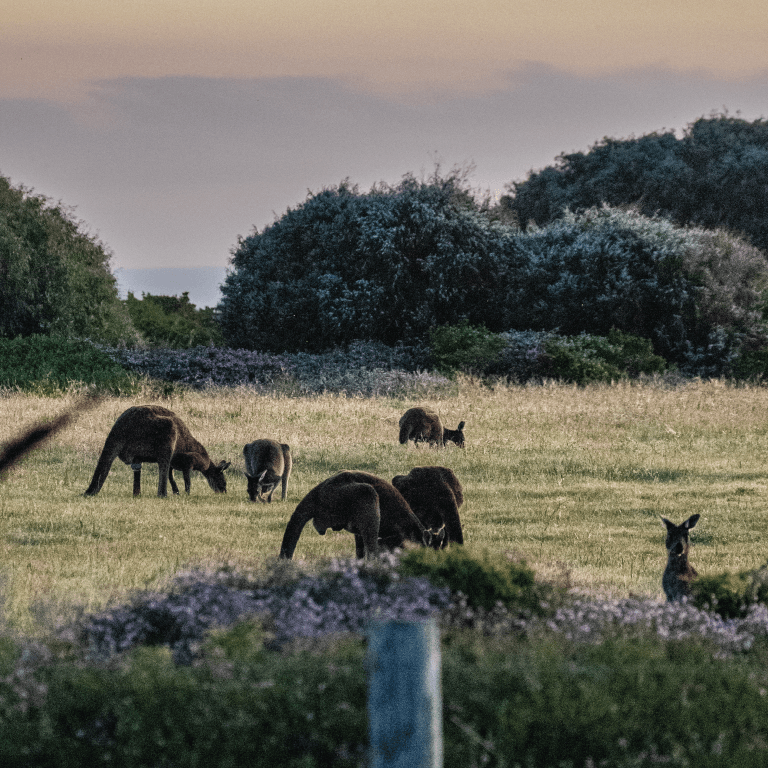
5. Djilba (August – September)
The season of conception. A transitional season with cold weather starting to give way to warmer days. Plants, like the wattles, begin to bloom, providing food and shelter for animals. It’s breeding season for many native animals, including birds and frogs. This season is associated with new growth and birth, with many animals rearing their young.
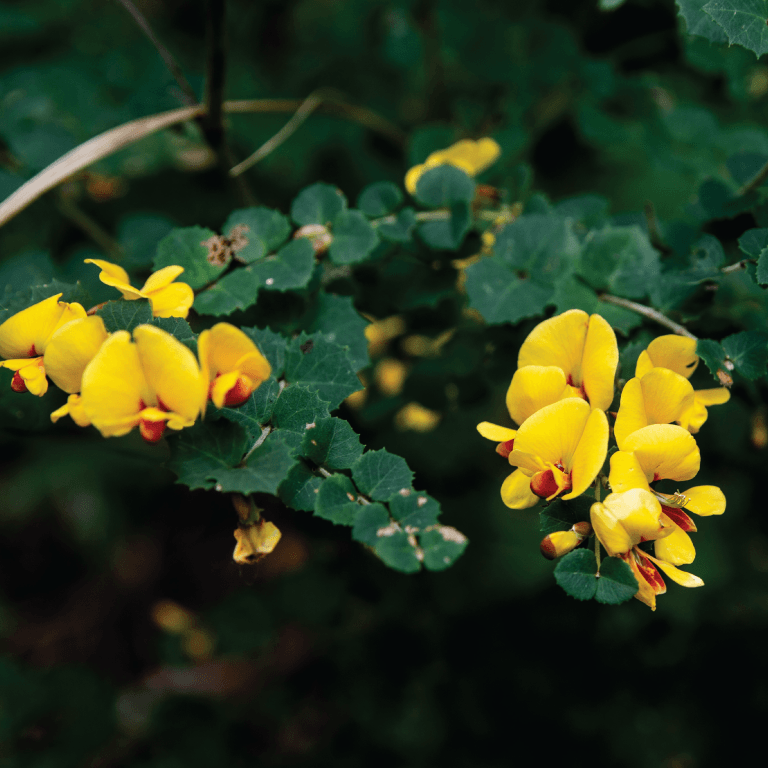
6. Kambarang (October – November)
The season of birth. Weather becomes warmer, with longer dry periods and less rain. Wildflowers, including kangaroo paw and orchids, bloom in abundance, painting the landscape with vibrant colors. Reptiles emerge from hibernation, and there’s an increase in animal activity as they prepare for the hot summer ahead. This season is associated with new life and renewal, as food sources become more plentiful again.
The six seasons of Wadandi Boodja, not only accurately describe the anual weather in Margaret River but also show a deep understanding of the land and environment, with each season aligning closely with natural cycles. This calendar reflects the sustainable practices of the Wadandi people, who use their knowledge of the seasons to guide hunting, gathering, and cultural practices. It’s a profound system that emphasizes living in harmony with the land and respecting the balance of nature.
No matter what season you are visiting the region, we are always ready to give you the best experience in Margaret River. Book your table now and visit the oldest brewery in Margaret River, visit us at Bootleg Brewery.
